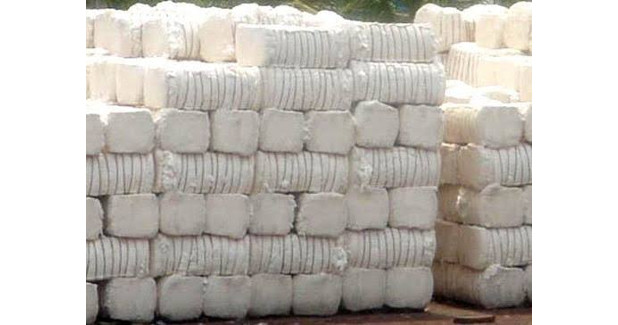
100 years of experience & ginning tips
Technology utilising and enhancement of productivity have supported the growth of the cotton ginning industry.
Technology utilising and enhancement of productivity have supported the growth of the cotton ginning industry. Ginning contributes to the cotton sector by cleaning, drying and maintaining/enhancing the quality of the fibre.
Hundred-years of collective experience in the ginning and the cotton sector were at Lubbock, Texas. Executives of the ginning sector and this scribe met to discuss the growth of the ginning industry over past 30-years.
“Ginning machinery has not seen a whole lot of changes with regard to its functionality,†said Ray Moore, a 31-year veteran with the industry. Certainly, productivity has increased from 25 bales per hour to 100 bales per hour added Moore of Bajaj ConEagle, LLC.
This year’s lower cotton yield in the High Plains of Texas and its impact on the ginning sector became an important topic of discussion. “Yield is about 30 per cent lower than what was expected earlier,†stated, 46-year veteran in the sector Steve Moffett, general manager of Lubbock-based Lubbock Electric Company. Another aspect of discussion was how the seed turn out and weight has reduced over the years. This has helped with the productivity, stated Shankar Venkatachalam, President of Bajaj ConEagle, a ginning machinery manufacturer.
Ginning plays an important role in enhancing the quality of the fibre. Ginning industry should effectively utilize technologies such as image processing to control trash, contamination, etc. Naturally, as Bajaj ConEagle is a subsidiary of India-based Bajaj Steel, interesting discussion focused on the Indian ginning sector, which is roller gin based. India should soon invest in saw gins to reduce trash content, stated Shankar.




